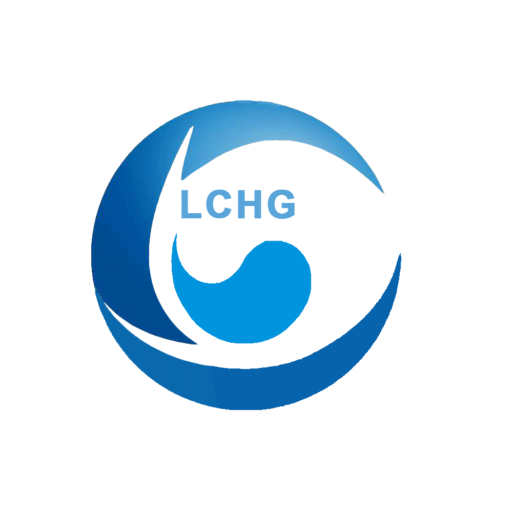环氧化亚麻籽油和溶剂有什么区别?
环氧亚麻籽油作为一种新型增塑剂,在塑料中的增塑过程可以看成是树脂与增塑剂低分子化合物相互溶解的过程,但环氧亚麻籽油不同于一般溶剂,溶剂会在这一过程中挥发,而环氧亚麻籽油则需要长时间停留在聚合物中,不与树脂发生化学反应,与树脂形成固体。
增塑剂之所以能起到增塑作用,关键在于能使聚合物之间的相互作用减弱,降低树脂的熔融温度,提高树脂在熔融状态下的流动性和制品的柔软性,能起到这种作用的材料都称为增塑剂。增塑剂添加到高分子材料中,在不改变其基本化学性质的情况下,降低其熔融粘度、玻璃化转变温度和手感弹性,从而改善其加工性能,提高制品的柔韧性和拉伸性能。
环氧亚麻籽油的添加可以增加塑料的柔软性、抗弯性、耐寒性和伸长率,降低塑料的硬度、模量、玻璃化温度、熔点、软化温度或流动温度,使塑料的粘度变小,流动性增加,从而改善加工性能。因此,环氧亚麻籽油具有如此优质的性能,是与其自身的机理分不开的。
环氧亚麻籽油对涂层附着力有什么影响?
涂料生产中会加入定量的增塑剂,例如氯化橡胶漆中大多使用氯化石蜡作为增塑剂。增塑剂可以理解为柔韧性,没有增塑剂就很难很好地成膜,附着力几乎没有。
许多涂料中都使用环氧亚麻籽油。在涂料中添加一定比例的环氧亚麻籽油可以提高附着力。一般来说,附着力的基本机理有机械收集、物理吸附、形成氢键和化学键、相互扩散等作用,结合这些作用所产生的附着力,决定了漆膜涂层与底材之间的附着性能。
环氧亚麻籽油通过提高涂层在基材上的渗透性、润湿性使得涂层尽可能地向基材上的孔洞、缝隙中渗透,待固化后形成无数个小锚点,牢牢抓住基材,从而提高涂层在基材上的附着力。
环氧亚麻籽油通过改善涂层对基材的润湿性,使涂层能在固化前尽可能地完全润湿,紧贴基材表面,从而改善范德华力,提高涂层对基材的附着力。
环氧亚麻籽油能促进涂层与底材分子的相互扩散、相互溶解,最终导致界面消失,从而提高涂层与底材之间的附着力。
同系列的阻燃增塑剂
| Lcflex® T-50 | T-50; ASE | 化学文摘社编号 91082-17-6 |
| Lcflex® ATBC | 柠檬酸乙酰三丁酯 | 化学文摘社编号 77-90-7 |
| Lcflex® TBC | 柠檬酸三丁酯 | 化学文摘社编号 77-94-1 |
| Lcflex® TCPP | TCPP 阻燃剂 | 化学文摘社编号 13674-84-5 |
| Lcflex® DOTP | 对苯二甲酸二辛酯 | 化学文摘社编号 6422-86-2 |
| Lcflex® DEP | 邻苯二甲酸二乙酯 | 化学文摘社编号 84-66-2 |
| Lcflex® TEC | 柠檬酸三乙酯 | 化学文摘社编号 77-93-0 |
| Lcflex® DOA | 己二酸二辛酯 | 化学文摘社编号 123-79-5 |
| Lcflex® DOS | 癸二酸二正辛酯 | 化学文摘社编号 2432-87-3 |
| Lcflex® DINP | 邻苯二甲酸二异壬酯 | CAS 28553-12-0/685 15-48-0 |
| Lcflex® TMP | 三羟甲基丙烷 | 化学文摘社编号 77-99-6 |
| Lcflex® TEP | 磷酸三乙酯 | 化学文摘社编号 78-40-0 |
| Lcflex® TOTM | 偏苯三酸三辛酯 | CAS 3319-31-1 |
| Lcflex® BBP | 生物基增塑剂、高效增塑剂 | |
| Lcflex® TMP | 三羟甲基丙烷 | 化学文摘社编号 77-99-6 |
| Lcflare® TCEP | 磷酸三(2-氯乙基)酯 | 化学文摘社编号 115-96-8 |
| Lcflare® BDP | 双酚 A 双(磷酸二苯酯) | 化学文摘社编号 5945-33-5 |
| Lcflare® TPP | 磷酸三苯酯 | 化学文摘社编号 115-86-6 |
